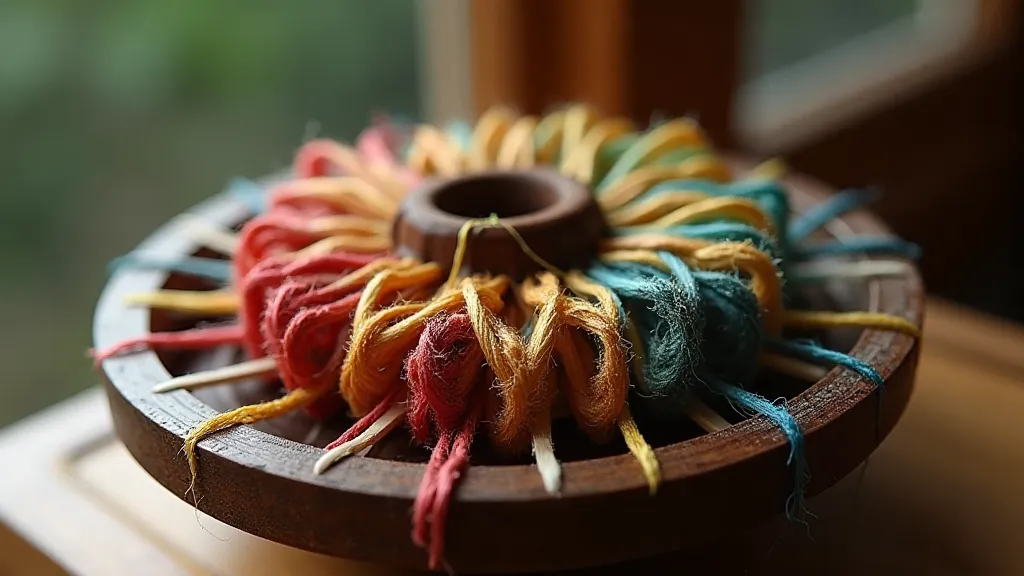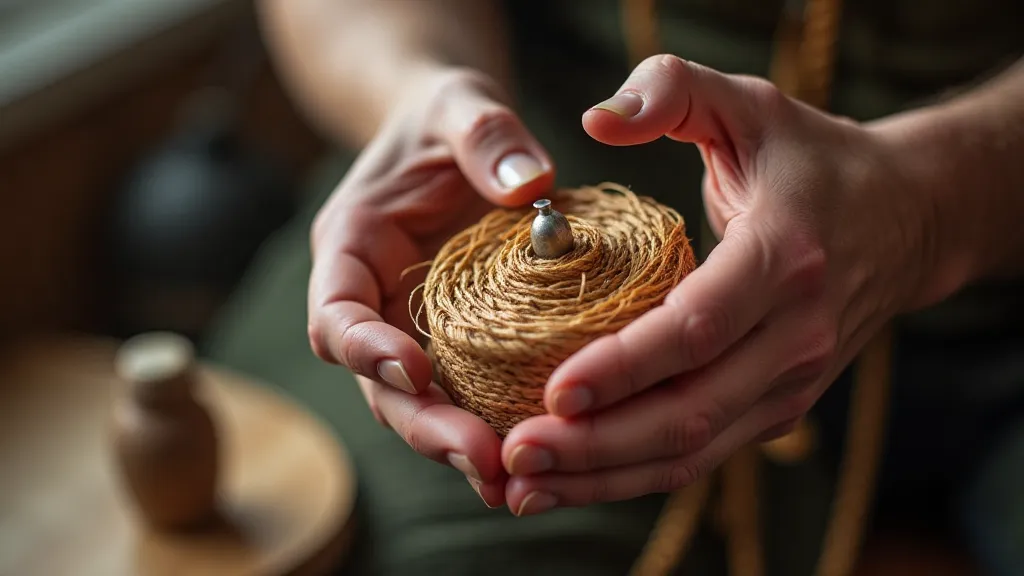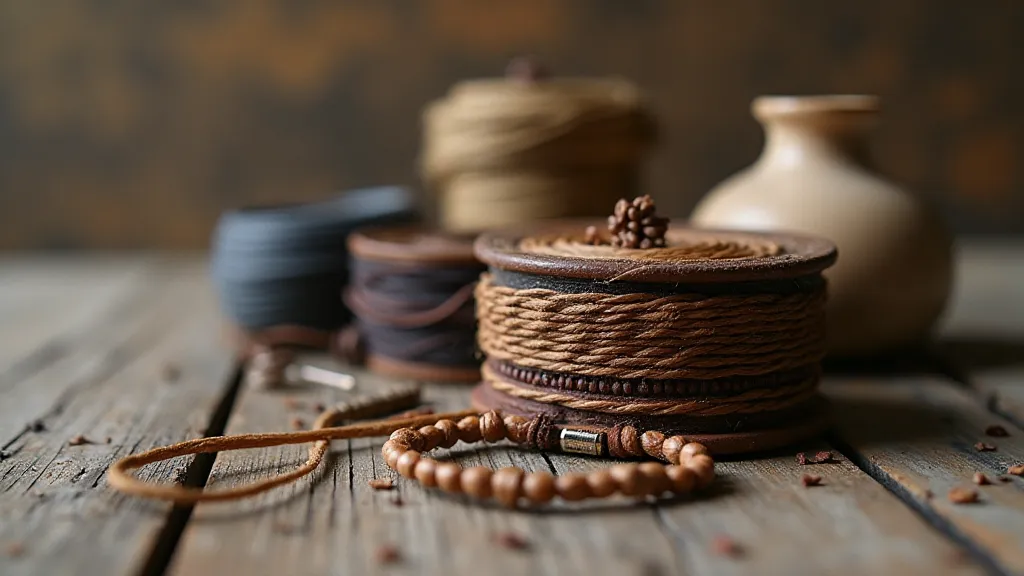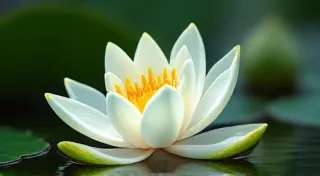The Loom of Time: Kumihimo and the Perception of Linearity
There's a particular melancholy that settles when you’re working on an old accordion. The scent of aged wood, the subtle resistance of keys long pressed, it’s a palpable connection to someone’s past, to a moment in time now irrevocably gone. It's a feeling much like the one I often have when I’m lost in the rhythmic turning of a Kumihimo braiding disc. Both are about the tangible remnants of craft, of human intention persisting through decades – sometimes centuries. And both, I’m increasingly convinced, offer a unique window into a distinctly Japanese perspective on time itself.
Kumihimo braiding, for the uninitiated, is a traditional Japanese cord-making technique. “Kumihimo” literally translates to “gathered threads.” It’s a process far older than many Western weaving traditions, tracing its roots back to the 7th century, and initially used to create sashes, belts, and armor cord for the aristocracy. Later, it became integral to Buddhist monastic vestments and continued to evolve as a decorative and functional art form.
What often surprises newcomers is the seemingly simple apparatus: a multi-spoke disc, often made of wood or ceramic, upon which threads are arranged and twisted in a mesmerizing dance of repetition. The resulting cords, ranging from delicate and intricate to robust and functional, possess a beauty that transcends mere utility. They are imbued with a sense of peace, of mindful creation.

The Cyclical Nature of Craft
Western cultures, particularly in their modern iterations, tend to perceive time as a linear progression: a trajectory from past to present to future. We emphasize milestones, achievements, and the relentless march forward. Kumihimo, however, actively resists this linear understanding. The braiding process itself is cyclical. The same steps are repeated again and again, the threads weaving back and forth, converging and diverging in a pattern that echoes the ebb and flow of life. There’s a sense of returning to the origin, to the initial arrangement of threads, even as the cord grows longer.
My grandfather, a meticulous clockmaker, used to say that time isn’t *made*, it’s *revealed*. He’s not talking about the mechanical workings of a timepiece, but the underlying order that structures our existence. Similarly, crafting Kumihimo isn’t about *creating* something new, but participating in a tradition, revealing the beauty inherent in a system of rules, and feeling the resonance of countless artisans who came before.
Consider the restoration of an antique accordion. It’s not a process of erasing the past, but meticulously piecing it back together, respecting the original construction, the original materials. The wear and tear, the faint scratches, even the occasional chipped key, are not imperfections to be corrected, but evidence of a life lived, a story told. The process of restoration isn’t about imposing a new chronology, but appreciating the existing one, understanding how each mark contributes to the object's character and its connection to a particular moment in time.
More Than Just Cord: Philosophy in Every Twist
The Japanese concept of *wabi-sabi*, the acceptance of imperfection and transience, is deeply intertwined with the practice of Kumihimo. The slight variations in tension, the subtle color shifts, the inevitable fraying of the threads – these are not flaws to be lamented, but rather integral parts of the beauty. They are reminders of the impermanence of all things.
The meticulous counting and repetition inherent in Kumihimo braiding encourages a meditative state. It's a focused attention that quietens the incessant chatter of the mind, allowing a deeper connection to the present moment. This state of mindfulness resonates strongly with Zen Buddhist practices, emphasizing the importance of being fully present and attentive to the task at hand. It’s a rejection of the linear, future-oriented anxieties that often plague our modern lives.
There's an elegance in the simplicity of the technique. While complex patterns can be achieved, the fundamental process remains accessible, encouraging a sense of inclusivity and continuity. It’s something that can be passed down through generations, a tangible link to the past and a source of comfort and meaning in the present.

Collecting & Preservation: Echoes of History
For those drawn to the artistry of Kumihimo, collecting antique cords and braiding discs can be a fascinating pursuit. These objects are not merely decorative; they are historical documents, revealing the techniques, materials, and aesthetics of past eras. An old sash cord, for example, might offer clues about the clothing styles and social customs of a particular period.
However, collecting isn't just about acquisition; it’s about preservation. Antique Kumihimo often requires careful handling and storage to prevent further degradation. The materials used—natural fibers like silk, hemp, and cotton—are particularly susceptible to moisture, light, and pests. Understanding the materials and their vulnerabilities is key to ensuring their longevity.
Restoration, when approached with sensitivity and respect for the original craftsmanship, can also play a vital role in preserving these historical treasures. However, it's important to remember that restoration is not about recreating a "perfect" object; it's about stabilizing its condition and allowing it to continue telling its story.
The small details - the types of dyes used, the construction techniques of the braiding disc - all contribute to the object’s unique character and its connection to a particular time and place. These are subtle clues that allow us to glimpse into the lives of the artisans who created them, and to appreciate the enduring beauty of traditional Japanese craft.

The Enduring Rhythm
As I turn the Kumihimo disc, the rhythmic clicking a constant companion, I am reminded that time, perhaps, isn't a straight line after all. It’s a braid, a complex intertwining of past, present, and future. The craft of Kumihimo, with its cyclical motions and enduring beauty, offers a profound insight into a perspective that values continuity, mindfulness, and the acceptance of imperfection. It’s a reminder that even in a world obsessed with progress, there is profound wisdom to be found in returning to the simple, enduring rhythms of traditional craft.





